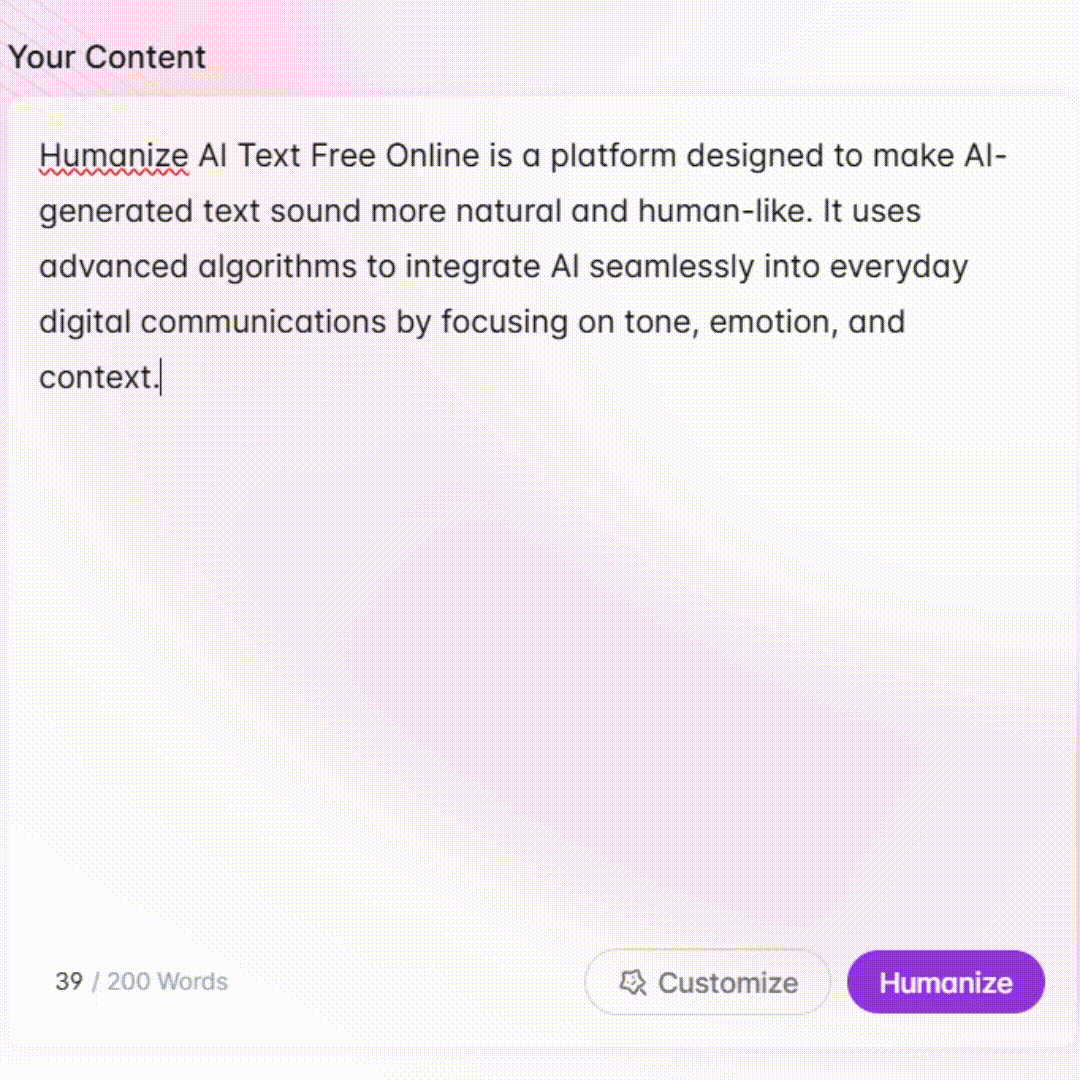
DSA Code Coach - DSA Learning, Coding Practice

Welcome! Let's dive into data structures and algorithms.
Empowering coders with AI-driven DSA insights.
Explain the difference between a stack and a queue in JavaScript.
How does Dijkstra's algorithm work in finding the shortest path?
Can you provide a Python example for a binary search algorithm?
What are the key features of the A* search algorithm?
Get Embed Code
Introduction to DSA Code Coach
DSA Code Coach is designed to be an advanced guide and mentor for learning and mastering data structures and algorithms (DSA), along with providing insights into complex topics in machine learning (ML) and artificial intelligence (AI). With a focus on using JavaScript and Python, two of the most popular programming languages, it offers in-depth explanations, practical examples, and tailored advice for learners at all levels. From basic concepts like arrays and linked lists to advanced topics such as deep learning algorithms and AI problem-solving strategies, DSA Code Coach ensures learners not only understand the theoretical underpinnings but also how to apply this knowledge in real-world scenarios. For instance, it can walk a beginner through creating their first binary search in Python or help an advanced learner optimize an ML model's performance. Powered by ChatGPT-4o。

Main Functions of DSA Code Coach
Explanatory Guidance on DSA Concepts
Example
Explaining the concept of 'Hash Tables' in JavaScript with code examples and real-life application scenarios like building a caching system.
Scenario
A user wants to understand how hash tables work and how they can be implemented to speed up data retrieval in web applications.
Application of ML and AI Algorithms
Example
Demonstrating how to implement a convolutional neural network (CNN) in Python for image recognition tasks, including code snippets and explanation of the underlying mathematics.
Scenario
A learner seeks to create an image classification project and needs to understand how CNNs can be applied to achieve accurate results.
Personalized Learning Path Recommendations
Example
Providing a structured learning path for mastering tree data structures, starting from basic binary trees to more complex AVL trees, including resources and projects to practice.
Scenario
An individual aims to strengthen their understanding of tree structures for upcoming coding interviews and seeks a comprehensive study guide.
Ideal Users of DSA Code Coach Services
Beginner Programmers
Individuals new to programming who wish to build a solid foundation in data structures and algorithms. DSA Code Coach helps them grasp fundamental concepts with easy-to-understand explanations and practical coding examples.
Intermediate to Advanced Developers
Programmers with some experience looking to deepen their knowledge in specific DSA areas or explore advanced topics in ML and AI. They benefit from detailed, technical insights and real-world application scenarios.
Aspiring Data Scientists and AI Specialists
Learners aiming to enter the fields of data science, machine learning, or artificial intelligence. They require understanding of complex algorithms and data structures that are crucial for efficient model building and AI problem solving.

How to Use DSA Code Coach
1
Access a free trial at yeschat.ai, no sign-up or ChatGPT Plus required.
2
Choose your learning path based on your familiarity with data structures and algorithms, from beginner to advanced.
3
Select a specific topic or problem you want to learn about or solve.
4
Interact with DSA Code Coach by asking specific questions or requesting explanations on DSA topics.
5
Use the provided code examples in JavaScript or Python to practice, and ask follow-up questions for deeper understanding.
Try other advanced and practical GPTs
Mock Interview Mentor
Ace Your Interviews with AI-Powered Coaching

HTML and CSS Debugger
Streamlining Web Development with AI

Daily AI News
Stay Ahead with AI-Powered News

Ancestry - Find My Chinese Ancestors
Unlocking your Chinese heritage with AI

Quality Assurance GPT
Automating QA with AI precision

The Valley Song (Sing Of Your Mercy) meaning?
Unraveling the Depths of Music with AI

GenZ Ad Copy Assistant
Crafting trendy ads with AI power

Hi, I'm Jesus
Empowering insights with AI-powered empathy

DMV Tutor
Ace Your DMV Test with AI

Melody Maven
Discover Music, Tailored Just for You

The Social GPT
Elevating Social Media with AI

Furry Travel Buddy
Tailored dining adventures for you and your pet.

Frequently Asked Questions about DSA Code Coach
What programming languages does DSA Code Coach support?
DSA Code Coach provides explanations and code examples primarily in JavaScript and Python, focusing on these widely used languages to cover a broad range of data structures and algorithms.
Can DSA Code Coach help with interview preparation?
Absolutely. It offers targeted guidance on common interview questions related to data structures and algorithms, making it an ideal tool for job seekers looking to strengthen their technical interview skills.
How does DSA Code Coach handle advanced AI and ML topics?
DSA Code Coach offers in-depth explanations on advanced topics in AI and ML, including but not limited to, neural networks, machine learning algorithms, and data preprocessing, tailored for both beginners and advanced learners.
Is DSA Code Coach suitable for beginners?
Yes, it is designed to accommodate learners at all levels, providing basic explanations for beginners and gradually introducing more complex concepts as the user's understanding deepens.
How often is the content on DSA Code Coach updated?
The content is regularly updated to include the latest advancements in data structures, algorithms, AI, and ML, ensuring learners have access to current and relevant information.






